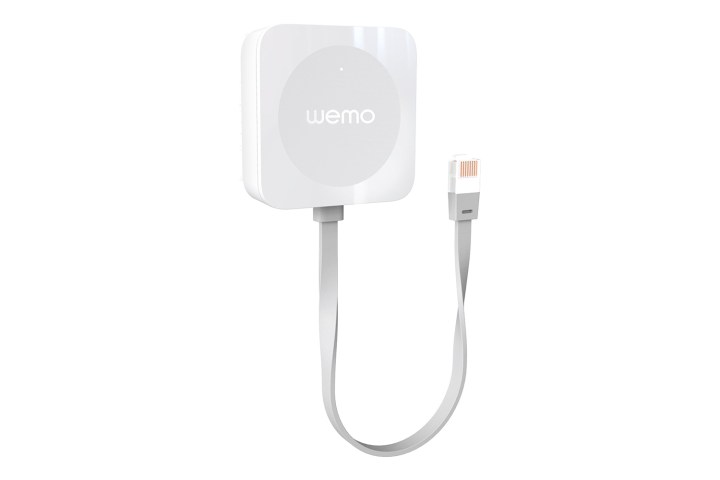
“We have made it a top priority working with Apple to ensure an incredible experience for both Wemo and HomeKit users.”
Thanks to the new HomeKit-enabled Wemo Bridge, Wemo users can now ask Siri to control a number of smart home aspects. Whether you’re on your iPhone, iPad, or Apple Watch, simply say, “Siri, turn on Wemo,” or “Siri, dim the living room lights,” and be the master of your own domain. Plus, the new Wemo Bridge lets you to use the Apple Home app to control connected devices. Wemo products can be integrated into scenes and various rooms to work alongside with over 100 other HomeKit-compatible tools and appliances.
“We’ve had an overwhelming positive response from customers when we announced last spring that we would make the Wemo Bridge compatible with HomeKit support, said Kara Alexander, Wemo senior product manager. “We have made it a top priority working with Apple to ensure an incredible experience for both Wemo and HomeKit users. Bringing together two of the most influential Smart Home platforms will enable millions of current and future Wemo users to experience the benefits of HomeKit, including the Apple Home app, Siri integration and interoperability with other HomeKit devices.”
With the Wemo Bridge, you no longer have to depend exclusively on the Wemo app (which is probably a good thing, given that it’s not the easiest to use). Now, folks can control their Wemo Dimmer, Mini, Light Switch, Insight, or Motion Sensor from either the Wemo or Apple Home app, or via Siri.
Moreover, you can choose to create personalized scenes like movie lighting, or schedule appliances to turn on and off during your morning routine. You can even sync lights with the sunrise or sunset, or set up a vacation mode to protect your home when you’re not away with a random flicker of the lights.
The Wemo Bridge is available online at Amazon, Apple, and Belkin for $40.


